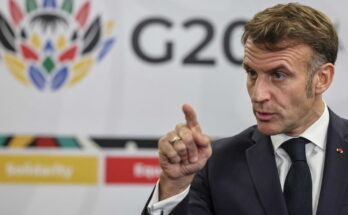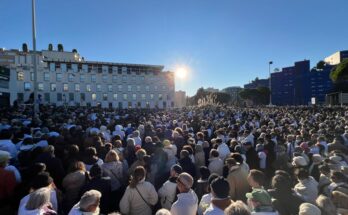Milan, November 22 (Adnkronos Health) – “It is very important to identify the tumor identity card from the initial diagnosis.” This was expressed by Michelino De Laurentiis, director of the Department of Breast and Thoracic-Lung Oncology of the National Cancer Institute Irccs Fondazione Pascale of Naples, recalling that “breast tumors are not all the same: there are intrinsic subtypes with different behavior and requiring very different therapeutic strategies”. To maximize the chances of a cure, he explains, “You need to know the subtype right away: triple-negative tumor, Her2-amplified tumor, luminal, or hormone-sensitive tumor. For each subtype, there are specific drugs and specific pathways that must be established early on.”
Research has made “a big step forward thanks to the understanding of the biological differences between tumors”, underlined De Laurentiis on the occasion of the presentation of the docufilm ‘The Baggage’ in Milan, promoted by Msd Italia in collaboration with Andos, Europa Donna Italia, Fondazione IncontraDonna, Komen Italia and Salute Donna. Today, he adds, “we have targeted therapy for each subtype. In triple negative tumors, if we look back 5-6 years, we only had ‘old’ chemotherapy available, while today the therapeutic toolkit has been revolutionized with immunotherapy and drug-conjugated antibodies. When making a diagnosis, it is almost always better to carry out pre-operative therapy than to carry out surgery to remove the nodule. Only this strategy guarantees maximum chances of recovery”.
On the future, De Laurentiis spoke about the rapidly evolving scenario: “There are many drugs on the horizon. We are only at the beginning of the revolution of immunotherapy and conjugated antibodies, supported by technologies such as liquid biopsies that will allow greater personalization. It is difficult to imagine how we will treat these tumors in 3 or 5 years, but we will definitely do it better and faster.”



